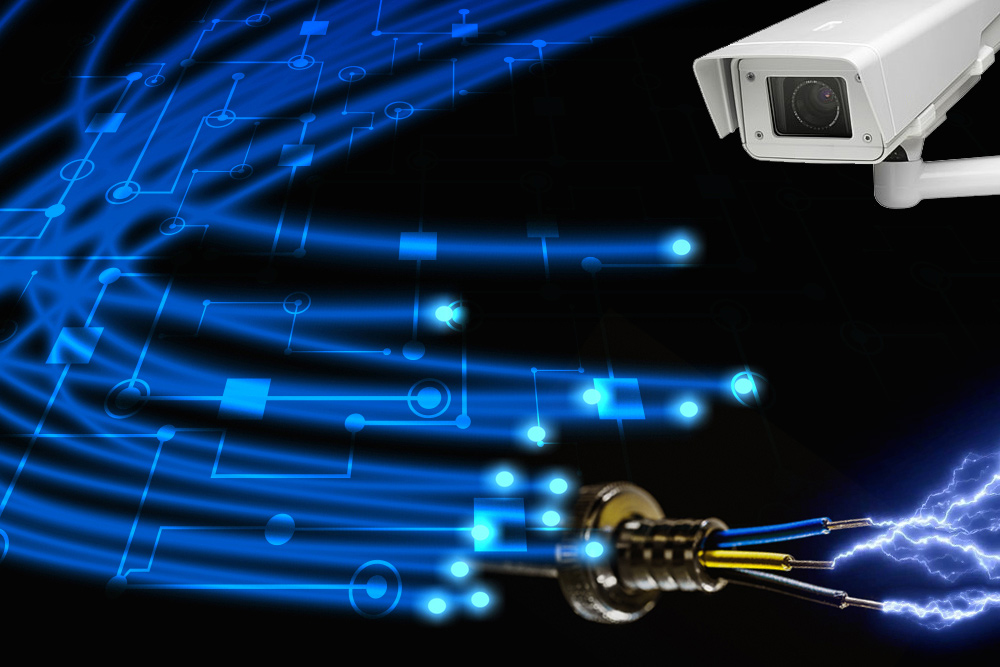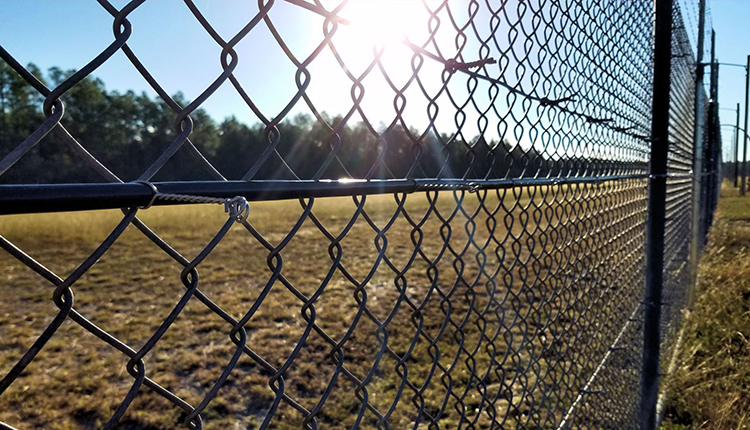A Comprehensive Guide to Fiber Optics Infrastructure for Security Installations
A Comprehensive Guide to Fiber Optics Infrastructure for Security Installations
Blog Article
Improve Your Security With Advanced Fiber Optic Safety Systems
In an age where safety is critical, innovative fiber optic safety and security systems offer an engaging service for enhancing safety across numerous environments. These systems not just boast remarkable bandwidth and speed for high-resolution security but also supply exceptional resilience against exterior interferences. As companies significantly look for dependable methods to secure their assets, the integration of innovative modern technologies like AI and IoT within fiber optic frameworks increases crucial inquiries concerning their efficiency compared to standard systems. What implications do these innovations hold for future protection steps?
Advantages of Fiber Optic Protection
Using the benefits of fiber optic modern technology considerably boosts protection systems throughout numerous applications. Among the key advantages is the increased bandwidth capability, permitting the transmission of huge amounts of data at broadband. This is specifically vital for real-time video clip security, where high-resolution feeds can be sent out without latency, making sure prompt feedback capacities.
In addition, optical fiber show remarkable resistance to electromagnetic disturbance, which is essential in atmospheres with prospective signal disturbances. This integrity ensures regular efficiency in important safety operations. Fiber optic cords are much less susceptible to touching and unauthorized accessibility contrasted to traditional copper electrical wiring, thus enhancing data stability and privacy.
One more significant benefit is the longevity of fiber optic systems; they are more immune to environmental variables such as moisture, temperature level variations, and destructive substances. This strength converts to lower maintenance prices and longer lifespans for safety installments.
Last but not least, the lightweight nature of fiber optic cords facilitates less complicated installment and transmitting, specifically in complex facilities (fiber optic security system). Eventually, the integration of fiber optic modern technology right into safety systems not only reinforces protection steps yet additionally enhances operational efficiency
Key Attributes to Think About
When reviewing fiber optic safety systems, a number of vital functions should be taken into consideration to make certain optimum efficiency and effectiveness. First, evaluate the system's detection array and level of sensitivity; an extensive variety enables for keeping track of huge areas, while high sensitivity ensures that also minor disruptions are found quickly.
Next, take into consideration the combination abilities of the system. A fiber optic safety system need to perfectly interface with existing safety measures such as cams and alarm systems, creating a cohesive protection network.
Resilience and environmental resistance are also important attributes. Ensure that the system is created to endure extreme climate condition and prospective physical threats, as this will certainly prolong its operational life expectancy.

Last but not least, consider the scalability of the system. A robust fiber optic safety and security system need to be easily expanding to fit future demands without substantial overhauls. By meticulously thinking about these features, you can pick a fiber optic safety and security option that boosts safety and security and safety and security in your environment.
Installment Process Summary
To successfully execute a fiber optic security system, an organized installment process is essential. This procedure starts with a comprehensive website evaluation to identify the certain safety and security requirements and to identify optimum areas for fiber optic cable televisions and protection devices. Following this assessment, the installment group will create a comprehensive plan, consisting of wire paths, necessary tools, and conformity with neighborhood laws.
Following, the installation involves laying the fiber optic cable televisions, guaranteeing they are safeguarded from environmental variables and physical damage. Appropriate handling techniques are essential, as fiber optic cords are delicate and can be conveniently harmed. After the cabling is set up, ports and terminations are diligently finished to make sure signal stability.
The succeeding phase consists of installing security devices such as cams, activity detectors, and security system, all integrated with the fiber optic network. Strenuous screening is carried out to confirm that all parts are working correctly and to make certain ideal performance.

Comparing Fiber Optic to Standard Solutions
The development of safety and security innovation has caused considerable innovations in the comparison between fiber optic systems and next conventional copper-based systems. Fiber optic systems make use of light to transmit data, providing exceptional transmission capacity and rate compared to their copper counterparts. This leads to improved information transmission abilities, making optical fiber perfect for high-resolution video security and real-time monitoring.
In addition, fiber optic cords are immune to electromagnetic interference, minimizing the probability of signal destruction triggered by outside variables. This characteristic guarantees constant efficiency, even in tough atmospheres. On the other hand, conventional copper systems are extra prone to interference, resulting in prospective susceptabilities in safety applications.
Longevity is one more advantage of fiber optic systems. They are much less vulnerable to damage from environmental aspects such as moisture and temperature variations, which can jeopardize copper electrical wiring. Moreover, fiber optics are lighter and thinner, permitting easier installment and reduced physical impact.
Nevertheless, standard systems tend to have reduced first prices, making them appealing for budget-conscious tasks. While fiber optic systems might require a higher ahead of time moved here financial investment, their lasting benefits-- such as lower maintenance expenses and better reliability-- usually surpass the initial expenditure, placing them as an exceptional option for contemporary protection requirements.
Future Trends in Security Technology
Emerging patterns in protection modern technology are poised to change the landscape of security and threat discovery - fiber optic security system. As organizations significantly face advanced hazards, developments such as expert system (AI) and equipment understanding (ML) are ending up being indispensable to security systems. These innovations enhance the ability of fiber optic systems by making it possible for real-time information evaluation, recognizing abnormalities, and automating reactions to prospective breaches
Additionally, the combination of the Internet of Things (IoT) is transforming safety and security frameworks. IoT devices can provide thorough situational recognition and assist in seamless interaction in between various security components. This interconnectedness enables extra effective monitoring and faster event response times.
Biometric authentication is likewise gaining momentum, supplying a higher level of protection via distinct physical features. As this modern technology progresses, it is most likely to be included into fiber optic systems for improved access control.
Conclusion
In final thought, advanced fiber optic safety systems represent a substantial innovation in security and security modern technology. The shift Home Page from traditional systems to fiber optic options reflects a growing pattern towards much more efficient and efficient security procedures in a significantly complex technical landscape.
Report this page